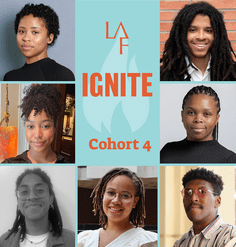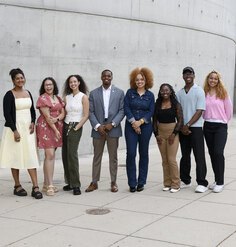Olmsted Scholar Feature: St. Croix and Understanding of Place
By Sarah Nitchman, 2011 University Olmsted Scholar
Last November, I found myself on a plane to St. Croix for the second time in a little over a year. The first time I’d visited the island I was in the company of my senior studio class as we embarked on a five-day site visit to prepare for a semester project of exploring masterplan concepts for one of the island’s National Parks.
My involvement in that project extended beyond that semester studio, and in late October I was offered the opportunity to return to St. Croix and work with local stakeholders to increase cooperation and community involvement in the design process. While I learned many things during my five weeks on the island, the concept of place was one topic that stood out and continues to resonate with me.
I have been thinking about place for a while now. As designers of places, I think this is key to our work as a profession, and thinking deeply about the issue of place can only sharpen our ability to respect and enhance it. I’ve been fortunate to watch my understanding of St Croix shift and grow from the first time I heard someone utter its name all the way up to the end of my 5-week stay. Each form of interaction led to a different level of understanding of place.
Some of the strangest moments to me after being on the island for 5 weeks were when I came across a place that I had previously visited with my class. Despite how eager I had been to understand St. Croix, I was always struck by my impression of the place then, and my knowledge of it now. I had a similar experience the day I interviewed a local woman named Francillia about the Easter camping tradition on the beach. Before that conversation, my impression of the campers was that they were rowdy, littering, and although fun-loving had a general disrespect for the beach and the natural areas around it. I was amazed to realize that, on the contrary, the tradition was her family’s way of engaging the natural world — a choice to stop everyday life, forgo electricity and distractions, and form a community under the stars.
This encounter made me realize that even with the best of intentions people can be misunderstood and perceptions blown far out of proportion. The learning curve in understanding a place is absolutely fascinating, but it is also somewhat frightening because I am beginning to realize how much effort is required to move far enough along that curve to truly understand the places in which we design. As Landscape Architects if we do not understand the place, how can we design spaces that work within the culture they reside?
Place has remained a resonating question in my mind. After St. Croix, I left my home in Queens, New York and moved across the country to South Lake Tahoe, California to work with Design Workshop. Once again I find myself in a completely different place, with a different landscape and culture. Several of the projects that I am currently involved in are sites that I have never stepped foot on and only know through photos, aerials, and maps. Given the practical parameters we face as designers — time, cost and distance being the most significant — I believe the essential question that needs to be asked is: How do we make the most of the time we have on a site in order to develop a rigorous understanding of place that can reliably drive analysis and design? I believe that it is through finding solutions to this question that we will be enabled to create powerful, place-based designs.
Sarah Nitchman received her Bachelor's degree in Landscape Architecture from Rutgers University in May 2011. After graduating she spent five weeks in both Germany and St. Croix and is currently interning with Design Workshop’s Lake Tahoe office.










